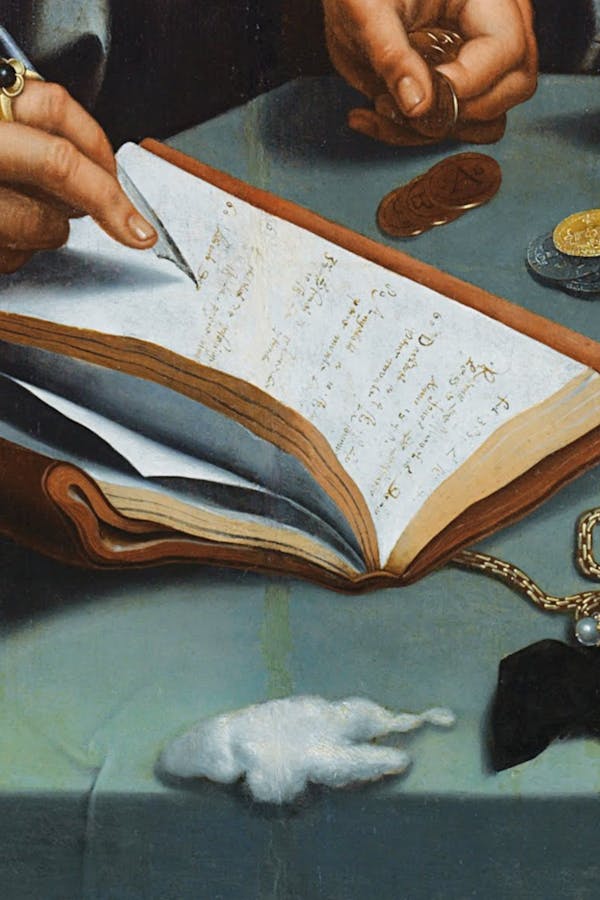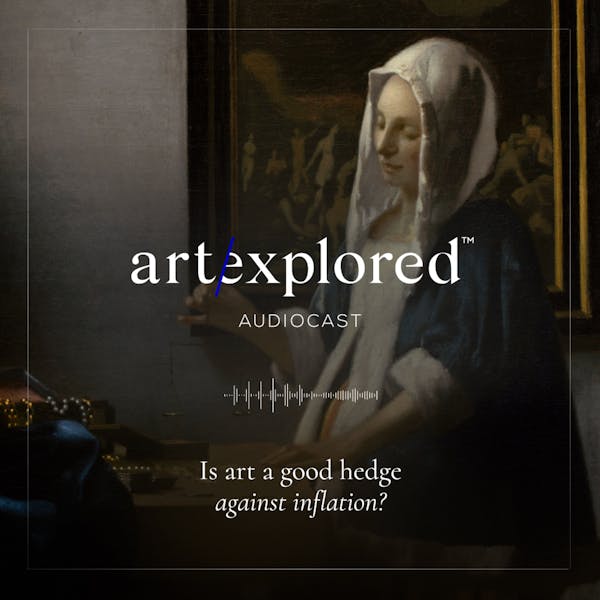Emin’s love of Munch is rooted in pain
Their shared loss meant she wanted to be his mother
By Juan José Santos
“I've been in love with this man since I was 18.” The woman who uttered these words was born in 1963 and the recipient of her praise, exactly 100 years earlier, in 1863. What unites them is art... and The Scream (1893).
Edvard Munch's mother died of tuberculosis when he was a child. His sister died of the same disease years later. This loss marked Munch's childhood and adolescence, as well as his excessive alcohol consumption and anxiety. These experiences would later be present in his work as an artist, with an orientation of painting towards the psychological study of lonely, traumatised, anguished, and confused characters. He himself said on one occasion that, just as Leonardo da Vinci had dissected bodies, he dissected souls. He also said that his conflicted personality was the basis of his genius.
A century later, another artist would be born who would not only identify with him but would go so far as to affirm that she wanted to be the mother whom Munch lost too early. Tracey Emin, as she wrote in her 2005 memoir, Strangeland, spent too many years buried in alcoholism and toxic relationships, which she called “a drunken, decadent orgy of creative lust, pushing myself to the wildest extremes.”
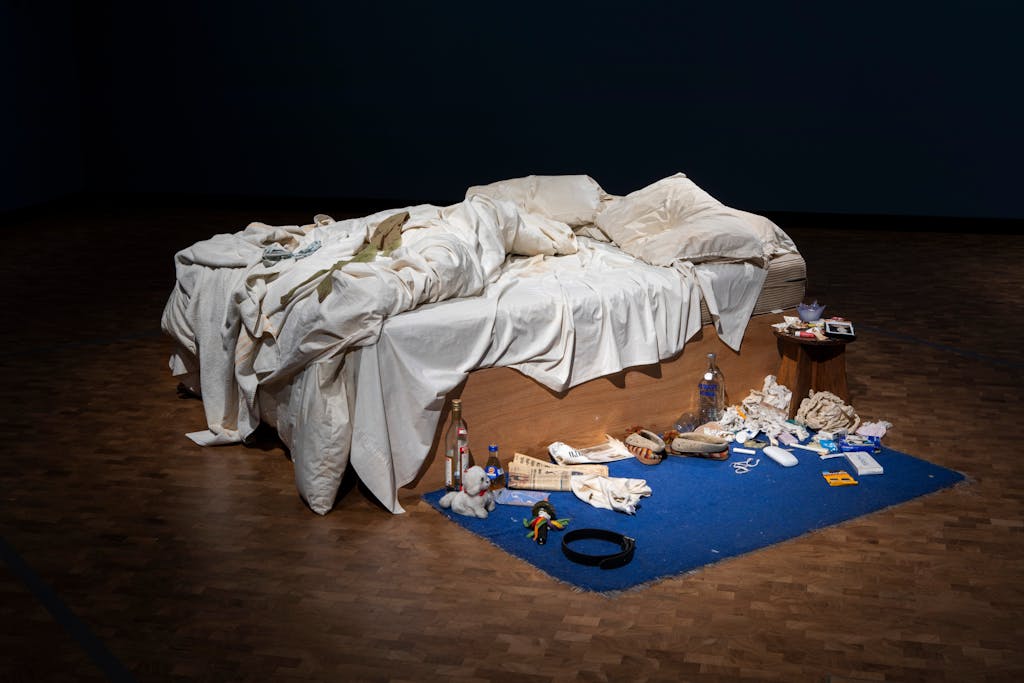
The first artistic crossover between the two tribulated artists took place in 1998. Emin made Homage to Edvard Munch and All My Dead Children, a haunting video piece filmed on the same Oslo jetty that Munch used for many of his works, including The Scream. In this work, Emin appears naked and prostrate under the Sun, exhaling an animal cry, which, as the title of the work reveals, comes from the desolation caused by the several abortions she suffered: a cry before the nonsensical nature of those deaths. In this video recorded on Super 8 film, Emin’s scream is heard from Munch's nearby house in Åsgårdstrand. It is also an offering to him, even if it is a feminist reading, or precisely because of it. Emin's favourite Munch work is Model by the Wicker Chair (1919-21). When asked why, she said it was because he represented a woman with a “crying body,” and she interpreted it as a scene in which the woman, alone and aware of her ageing, had just suffered an abortion.
The reading of the work is on an artistic and biographical level. On the one hand, there are aesthetic elements in common: in a recent exhibition at the Royal Academy, Emin pairs her own work with selected works by Munch. Comparing his Crouching Nude (1917-19) and Emin's You Kept it Coming (2019), we see the similarities – the angular lines, the streaks of paint, the foreshortenings, the “expressionist” way of making sensations visible through figures. On the other, there is a union through pain, loneliness, and absence. The artist recently declared, after inaugurating a sculpture that she again dialogues with the Norwegian artist, that she wanted to “give him a mother.”
Perhaps it all comes down to the fact that for both artists, work and life are inextricably linked. They even shared controversy over an exhibition. A Munch show organised in 1892 sparked a polemic that culminated in its premature closure. It is the so-called “Munch Case,” about which the artist commented: “There had never been such a fun moment; it is incredible that something as innocent as painting has created such a stir.” Emin, the provocative and rebellious artist, must have thought the same about the commotion caused by her work My Bed (1998), showing an unmade bed with sheets stained with bodily fluids and condoms, underwear covered in menstrual blood, and a pair of scattered slippers. This work reflects the depressive phase in the artist's life when she once remained in bed for four days without consuming anything but alcohol. Nowadays, it is inevitable to revisit works by Munch such as The Death of Marat (1907), Weeping Woman (1907–1909), and Reclining Female Nude (1912-13) without thinking about Emin's installation. It seems that, finally, times will also crossover in the same dimension. The inspiration between these two creators, at the present time, seems reciprocal to us.
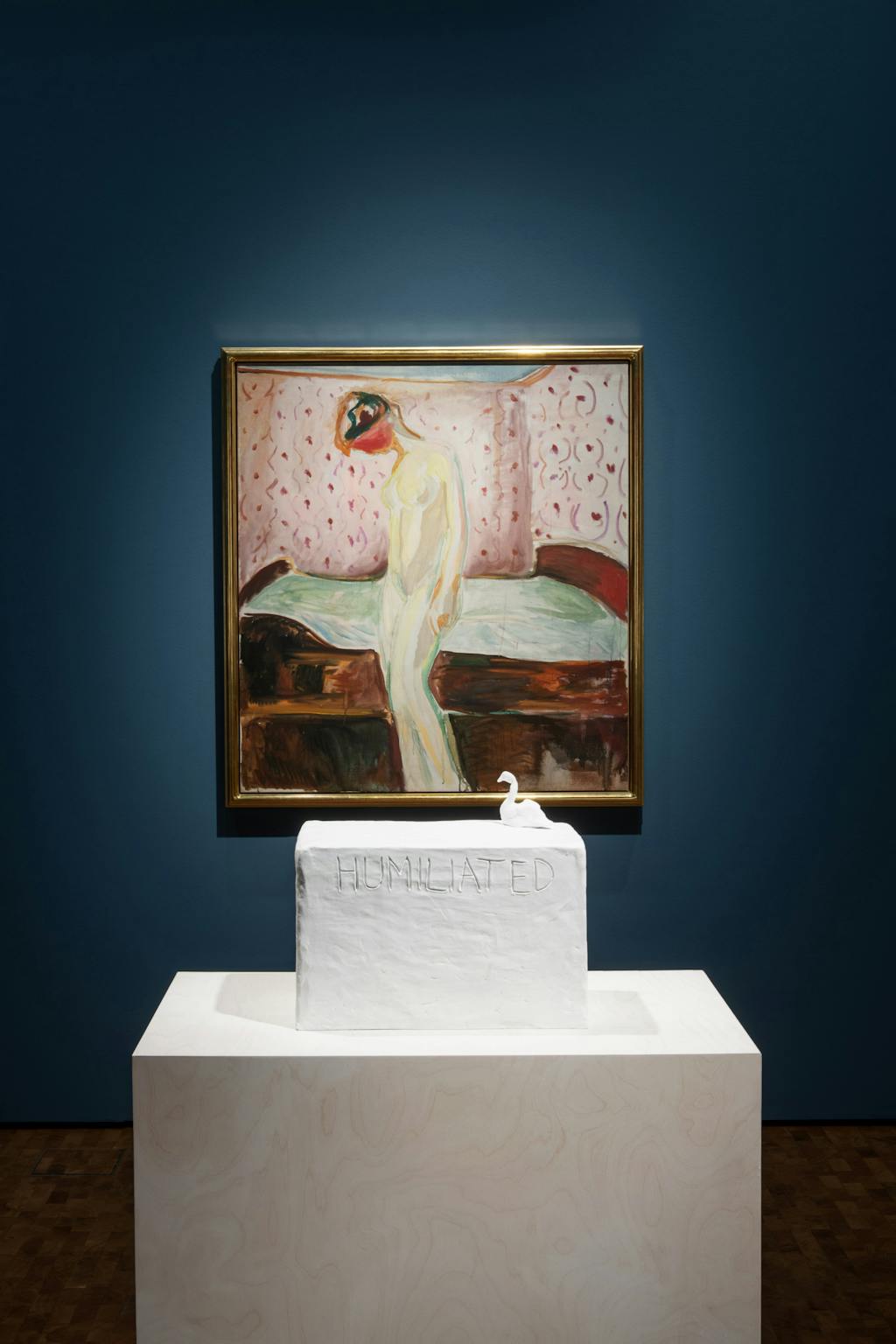
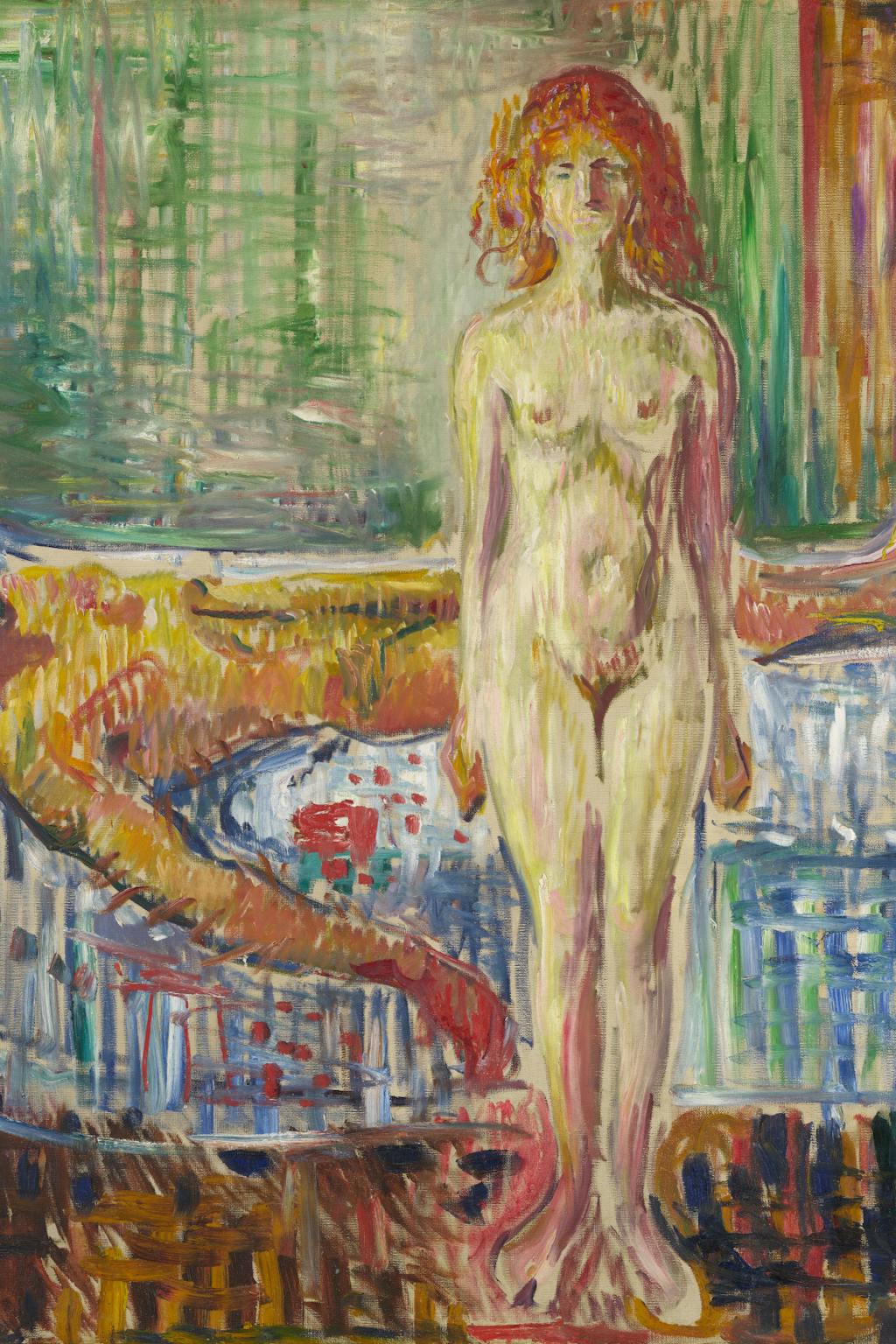
Read more
Listen to audiocasts
Discover more artists
